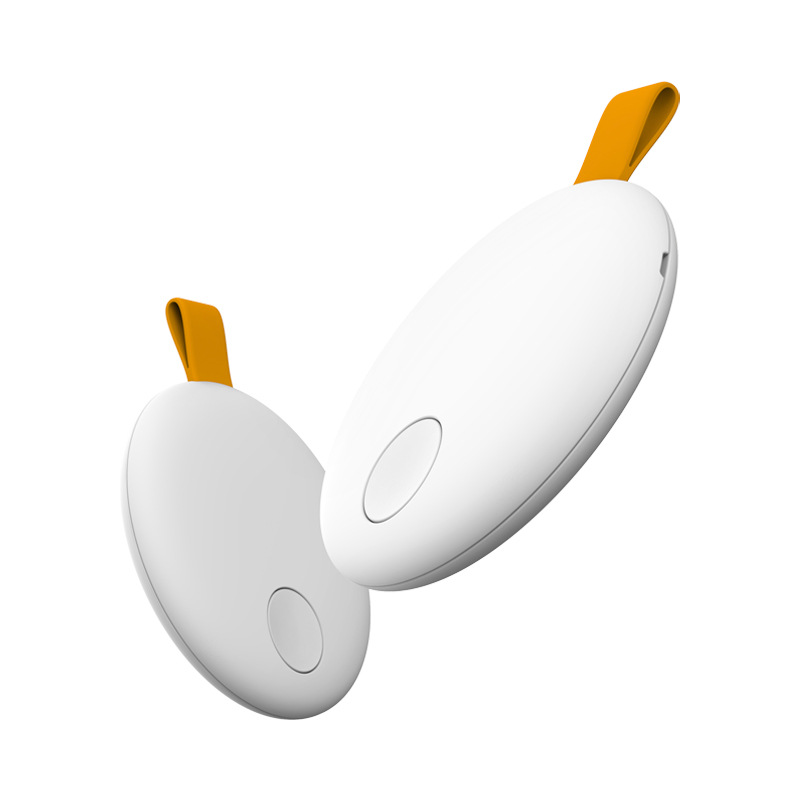
Bluetooth beacon technology has opened up exciting new possibilities for businesses to track assets, inventory, and people within indoor spaces. With the right beacon tracking strategy, companies can gain unprecedented visibility into the movement of physical objects through their facilities. When leveraged successfully, beacons can help optimize workflows, reduce costs, and deliver next-generation customer experiences.
At its core, a beacon tracking system involves distributing small, low-cost Bluetooth transmitters throughout a target location. The beacons broadcast unique IDs that are picked up by compatible mobile apps and devices. Custom programming then allows for real-time location tracking and other functionality. There are several key advantages to beacon tracking over other technologies like GPS and Wi-Fi.
Precision and Range – Beacons provide accuracy down to inches, and transmit up to 400 feet. This enables highly detailed analytics on precise movements.
Battery Life – Beacons are designed for long battery life, some lasting years without replacement. This reduces maintenance costs.
Ease of Deployment – Beacons are very easy to install, not requiring wiring or complex setup. New use cases can be rolled out rapidly.
To build an effective beacon tracking program, businesses should start by identifying their primary objectives. Common uses include tracking assets like equipment, company vehicles or shipments, monitoring foot traffic patterns, sending proximity notifications to employees, and delivering location-based offers to customers.
Once goals are defined, deploy beacons in strategic spots like entryways, storage areas, aisles, or shelves. Consider density based on the desired level of insights. Integrate beacon data reporting into existing inventory management, analytics or CRM systems.
For customer engagement use cases, provide incentives for mobile app opt-ins to increase permission rates. Gamification elements can also boost participation. Ensure data privacy policies are transparent.
Ongoing management of a beacon network involves monitoring battery life, periodically adjusting placement, and updating programming to meet evolving needs. As machine learning and artificial intelligence capabilities grow, beacon data will become even more powerful.
Beacon tracking delivers game-changing visibility into the physical world. Companies who leverage the technology will gain competitive advantage through optimized processes, engagement, and decision making. With the right strategy, beacons can revolutionize business operations and the customer experience. The future will likely see beacon tracking become standard across nearly all industries.


